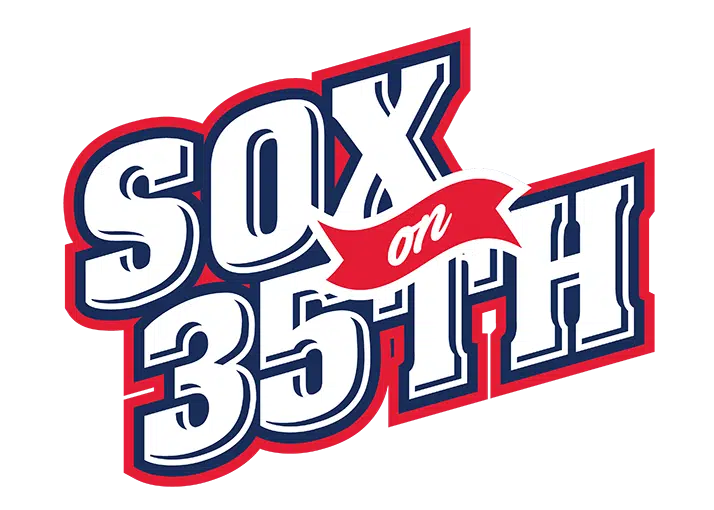The White Sox acquired Dominic Fletcher for Cristian Mena in the offseason in an attempt to fix the organization’s seemingly eternal hole in right field. Fletcher was lauded as a plus defender with potential to stick as a starter with a contact-first approach on offense. However, a slow start to the season on both sides of the ball as well as injuries have made the 2024 season largely forgettable for Fletcher.
Nevertheless, Fletcher has been making a name for himself in recent weeks on defense. Highlight reel catches have become a regular occurrence, and Fletcher is now tied with Jo Adell of the Angels for first among all right fielders in defensive runs saved. This is especially notable considering Fletcher has only played 132 innings in right field, compared with Adell’s 800+.
Many White Sox fans have naturally watched less baseball throughout the season considering the team’s all-time worst pace, so Fletcher’s defensive prowess may come as a surprise considering how he performed earlier in the year. Below are some of Fletcher’s defensive plays from this season — first the lowlights, then the highlights — to attempt to analyze any trends and/or long-term takeaways.
First, we have a routine fly ball that drops in (scored a double). Of course, Fletcher simply falls down, so in isolation, this is not indicative of a broader problem. It’s still worth noting considering how infrequently this occurs in the Major Leagues.
Above are four examples of a ball that is in or near Fletcher’s possession, but ultimately falls away. While a couple of these would have been nice plays if made, it is still unusual to see a Major League outfielder get in position to make a play, only for the ball to fall out of his mitt on such a regular cadence. This is something that White Sox fans may remember about Yasmani Grandal on plays at home plate, but it is more unique for an outfielder to have this issue.
Now, the misplays become more subjective. While he was likely worried about overcommitting and having these balls roll past for a triple or inside-the-park home run, Fletcher still pulls up on these sinking line drives considerably early. These could have been the right decisions, but the plays are still worth pointing out. These are long runs, so perhaps being accustomed to Luis Robert Jr. is working against Fletcher.
While this would have been an extra-base hit regardless, Fletcher’s route and urgency after this ball landed were puzzling and could have led to the result being an easy triple instead of a double, or at least a real play at third base.
This could very well be a coaching issue, but this play is bizarre. With a lefty at the plate, Fletcher is shaded well toward center field. Despite the hitter sending a weak line drive toward right field, the ball drops easily for a hit because Fletcher had to cover so much ground. Whether this was the coaching staff instructing Fletcher to stand more toward center field or Fletcher shading over on his own is anyone’s guess, but this is another play at least worth mentioning.
Of course, it’s not all negative when it comes to Fletcher’s defense. The highlight reel plays above prove that he is plenty capable of making excellent catches. But the highlights and lowlights in conjunction lead to a few potential explanations.
1. (Most likely) Fletcher is much better in right field than center field
Watching those clips consecutively makes a fairly compelling case for Fletcher as a right fielder. But it makes an equally compelling case for keeping Fletcher out of center field whenever possible. Of course, there were some center field highlights and some right field lowlights. But it is normal for a player to be more comfortable in a corner than center field, even when he is athletic enough to cover any spot. Adam Eaton is a good example of this.
Fletcher has played 178 innings in center field and 132 innings in right field, and his advanced statistics are almost universally negative in center field but positive in right field. Defensive statistics are flukey, especially in such a small sample, but this supports the eye test.
2. (Somewhat likely) Fletcher worked on his defense in AAA and came back as an improved player
While boring, this is a very possible takeaway. Considering his reputation as a good defender, maybe the early season blunders were aberrations and Fletcher simply needed some time in the minors to get back on track. Considering he turns 27 in less than two weeks, Fletcher is less of a developing prospect and more of a finished product, but he still could have made improvements or received tips from AAA coaches.
3. (Maybe?) Defensively, Fletcher is the Tim Anderson of outfielders
While this is the most “out there” of the possible takeaways, maybe the blunders are not just exceptions, and Dominic Fletcher is the Tim Anderson of outfielders. Throughout his eight seasons with the White Sox, Anderson’s defense at shortstop might be best described as inconsistent. He had some truly elite runs in 2018 and 2021, and also had stretches in 2017 and 2023 where it looked like he was new to the position. Maybe this is Fletcher’s fate as well, but in the outfield — an inconsistent performer with high highs and low lows.
Ultimately, it’s offense that will determine whether Dominic Fletcher has a long-term MLB future. But for now, the variance in his defense is interesting to monitor. With a larger sample size, it will be easier to determine which is the “real” Fletcher. Until then, he will look to end the 2024 season on a strong note by maintaining his recent defensive prowess.
Be sure to follow us on social media @SoxOn35th for more!
Featured Photo: © Matt Marton-USA TODAY Sports

